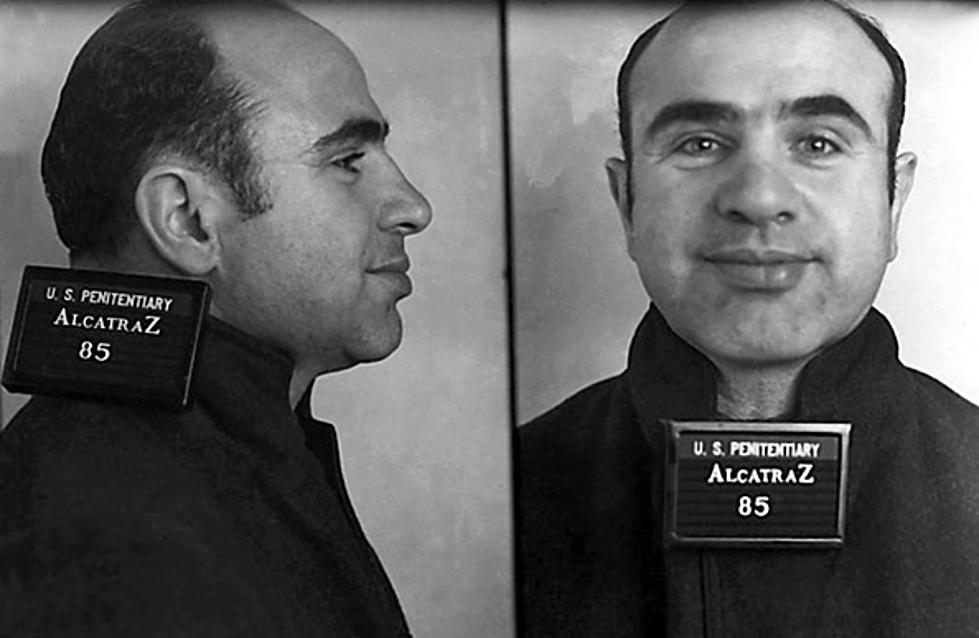
84 Years Ago, Illinois’ Most Famous Gangster Headed to Prison
May 4th, 1932 marked the end of the criminal line for the man known as "Scarface" and "Public Enemy Number One." Eighty four years ago last week, Al Capone was placed on a heavily guarded train, headed for what was reputed to be one of the toughest prisons in America, the U.S. Penitentiary in Atlanta. Alcatraz would come later.
From U-S History.com:
In 1931, after years of criminal activity, Capone was indicted on twenty-three counts of income tax evasion. Judge James H. Wilkerson found him guilty on five of the twenty-three counts and sentenced him to 10 years in federal prison and fines in the amount of $50,000. He also was sentenced to one year in county jail for an earlier contempt-of-court charge.
There was a lot of speculation that Capone would just fade away once he was behind bars in Atlanta, especially if the "Atlanta Pen" was as tough on prisoners as it was reputed to be. However, it didn't work out that way.
From Atlanta Magazine:
“When Capone walks into the prison, he will be the only ‘big shot’ there,” noted a front-page article in the Atlanta Constitution on the morning of May 4. “All the rest are third-raters. There is not a single inmate of national prominence there now.” Capone, the newspaper noted, was intended to endure the “drear routine” of the Atlanta Pen — considered one of the country’s toughest. “He might as well make up his mind that he is a marked man among the army of forgotten men who inhabit the institution. He will undergo inconveniences. He will obey orders instead of issuing them.”
However, the gangster soon exerted influence here, smuggling in cash and getting special treatment that included a rug to decorate his cell, cigars, and use of a typewriter. Capone — who worked in the prison’s overall shop — reportedly got in trouble for installing springs in his cell bunk. “Drear routine” indeed. Capone ended up spending just two years in Atlanta, transferred to Alcatraz in August 1934.
For years, Al Capone was regarded as the 2nd most famous man in Illinois history, behind Abraham Lincoln. Capone later dropped to the #3 spot, behind both Lincoln and Ronald Reagan.
While incarcerated at Alcatraz, Capone began exhibiting symptoms of syphilitic dementia, and spent the bulk of his time in Alcatraz's hospital unit in solitary confinement. He was finally released from prison in November of 1939. He died January 25, 1947, and was buried originally in Mount Olivet Cemetery, until he was moved to Mount Carmel Cemetery on the far West Side of Chicago.
More From WROK 1440 AM / 96.1 FM








